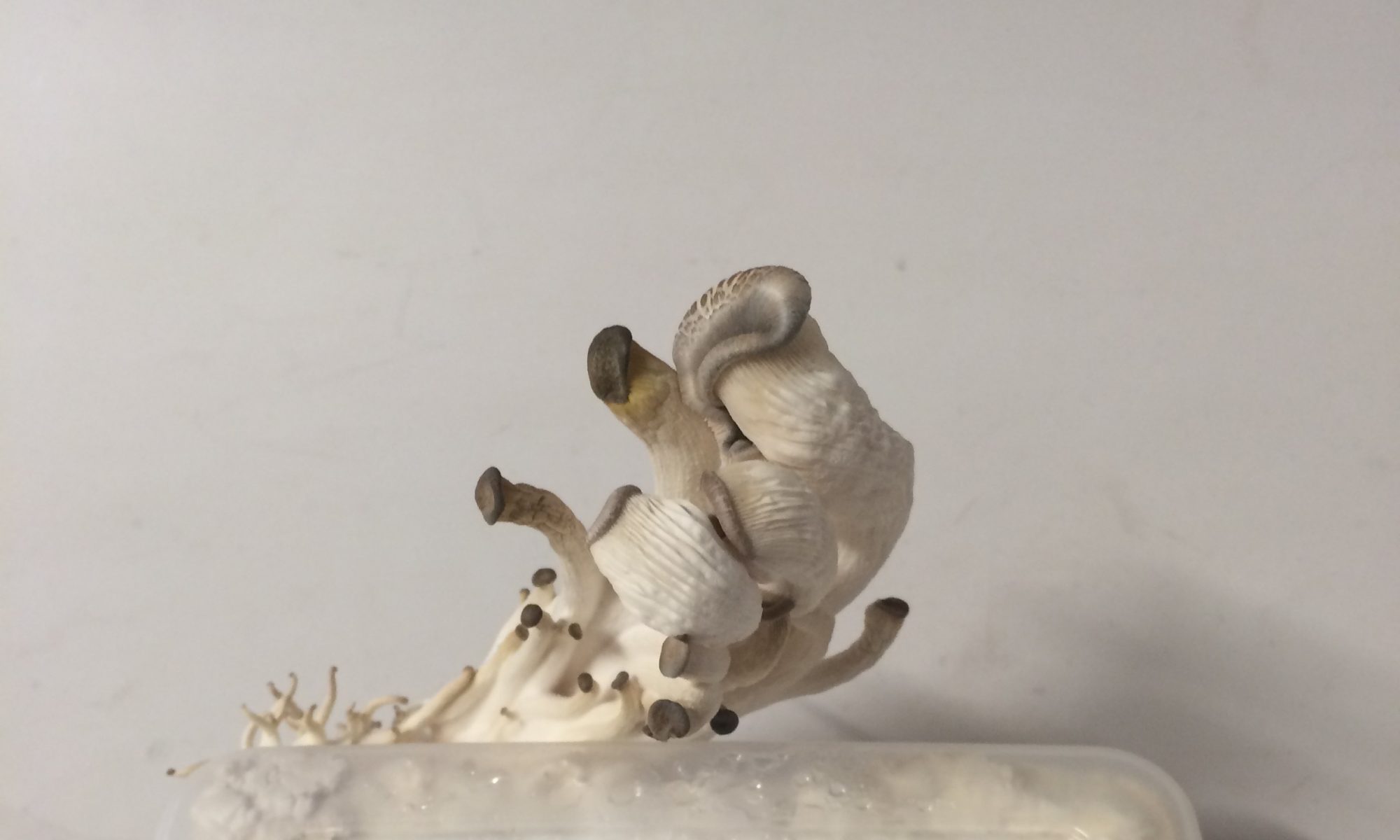This compendium and rubric are of interest to working on waste and oceans:

2022 Archive of RENATURED, Marina Zurkow's Research Blog
ANIMALS, PEOPLE AND THOSE IN BETWEEN
Spineless, Juli Berwald
book
“Jellyfish Blooms: advances and challenges”
link
As jellyfish interactions with humans increase in coastal waters, there is an urgent need to provide science-based management strategies to mitigate the negative socioeconomic impacts of jellyfish blooms and to exploit potential benefits of their ecosystem services. This Theme Section presents the latest advances in jellyfish research, from new sampling methods to food-web and life-cycle studies. The methodological advances presented will help to overcome difficulties in sampling due to the fluctuations in abundance and irregular distributions of jellyfish.
“Eating Jellyfish: safety, chemical and sensory properties”
link
People’s preference for fish with a high trophic level, like Atlantic cod and tuna, leads to a large food footprint. Responsible seafood consumption should include underutilised local products; hence the culinary use of edible jellyfish can be an effective contribution. The present work focused on Catostylus tagi to contribute to the consumption of edible jellyfish in the West.
FOOD FUTURES
Agriculture, Climate Change and Food Security in the 21st Century: Our Daily Bread, Lewis H. Ziska
link
This book explores the history of agriculture, and the threat that climate change imposes for all aspects of our “daily bread”. While these challenges are severe and significant, it argues that we are not without hope, and offers a wide range of solutions, from polyculture farming to feminism that can, when applied, lead to a better future for humankind.
“Moving from ‘‘matters of fact’’ to ‘‘matters of concern’’ in order to grow economic food futures in the Anthropocene,” Ann Hill
link
Agrifood scholars commonly adopt ‘‘a matter of fact way of speaking’’ to talk about the extent of neoliberal rollout in the food sector and the viability of ‘‘alternatives’’ to capitalist food initiatives. Over the past few decades this matter of fact stance has resulted in heated debate in agrifood scholarship on two distinct battlegrounds namely, the corporate food regime and the alternative food regime. In this paper I identify some of the limitations of speaking in a matter of fact way and of focusing on capitalist and neoliberal economies as the yardstick by which to assess all food economy initiatives. Using stories of bananas in Australia and the Philippines I advocate for a new mode of critical inquiry in food scholarship that focuses on matters of concern. Following Bruno Latour I use the term critical inquiry to refer to research methods and thinking practices that multiply possible ways of being and acting in the world. The new mode of critical inquiry I propose centers on enacting three broad research matters of concern. These are (1) gathering and assembling economic diversity (2) human actancy and (3) nonhuman actancy. I argue that through becoming critical minds in the Latourian sense researchers can play a key role in enacting economic food futures in the Anthropocene.
“Future of Food: How We Cook,” Nicola David et al
link
Rustling up a meal becomes a whole new experience when you can print your own food, use a smart oven or have a robot do all the work for you
IFTF: Food Futures Lab
Positioned at the center of Silicon Valley, California’s agricultural powerhouses, and the Bay Area’s dynamic food culture, IFTF’s Food Futures Lab is embedded in an epicenter of food innovation and has ties to other innovation hubs in Europe, Latin America, and Asia.
http://foodfutures.group.shef.ac.uk/
Home
The world is increasingly urban. W hat urban dwellers eat now and will eat i n the future, and how this food is brought to them, will impact the sustainability of our food systems. We therefore need to work on urban food systems – i.e.
Future of Marine Animal Populations (FMAP) | Census of Marine Life
No Description
https://www.boell.de/en/oceanatlas
Ocean wilderness ‘disappearing’ globally
Scientists have mapped marine “wilderness” areas around the world for the first time. These are regions minimally impacted by human activities such as fishing, pollution and shipping. The team, led by researchers in Australia, found that just 13.2% of the world’s oceans could be classed as wilderness – most in international waters, away from human populations.
CosMullet

The flathead mullet is cosmopolitan in coastal waters of the tropical, subtropical and temperate zones of all seas.[2]
CosmOctopi
| Cosmoceans The ocean as a heterotopia Plankton dust Murkiness The qualities of water Jellyfish Broken world broken stuff Gag ordered scientists Amphibious diving vehicles for corporate use only Dredges and diggers |
Wet synanthropes Death of a thousand signing animals (right whale epitaphs) Whale vomiting plastic bags People reefs (ref Jason Decares Taylor statues) Ghost nets Plastic pollution Plastic dancing with humans, humans and plastic in deep sexual embraces Plastic sex toys in fish mouths Plastic in translucent whales and fish Humbacter (human bacteria hybrids) Hydrocarbon dreaming (new hybrids and up cycled conveyances) Bottles playing in the shallows (Japanese Tsukumogami) |
Sketch drawings and notes: